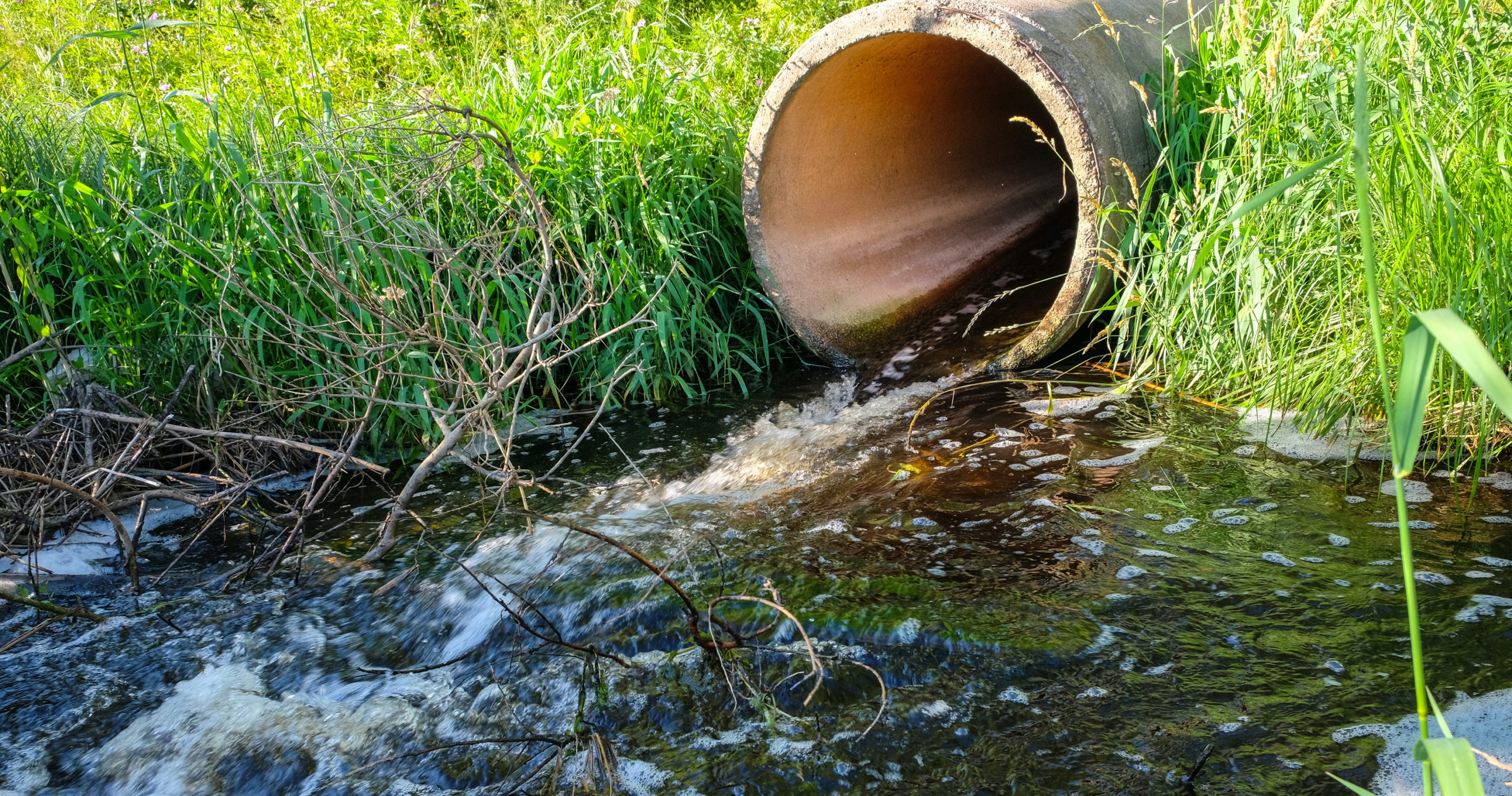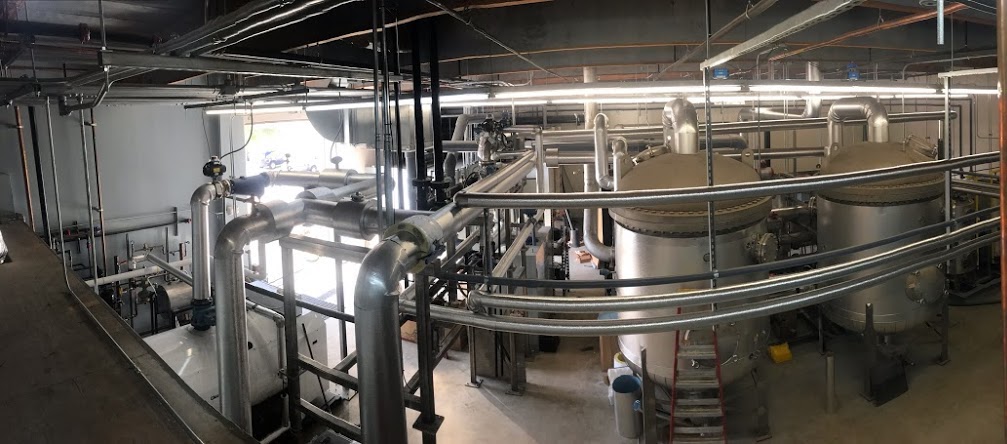
Wastewater Treatment
Evolving Effluent
Guidelines and Standards

Any business that discharges wastewater, whether to a sewer or directly to the environment, may require treatment of the water to meet discharge regulations or the limits specified in their discharge permit. In addition, sewer districts are now looking at the removal of specific emerging compounds, including PFAS, before they discharge their treated wastewater to the environment. Through the US Clean Water Act Effluent Guidelines planning process, the US Environmental Protection Agency (EPA) has reviewed PFAS surface water discharge information to identify industrial sources that may warrant further study for potential regulation through national Effluent Limitation Guidelines and Standards. With the initiation of the process to designate PFOA and PFOS as Comprehensive Environmental Response, Compensation, and Liability Act (CERCLA) hazardous substances as part of EPA’s PFAS Action Plan, along with many states engaging in the process of establishing MCL’s for PFAS compounds, businesses in some industries are seeking to treat their wastewater to meet the new standards, even before they are established, in order to prevent potential liabilities and lawsuits.
Solutions to Unique
Wastewater Challenges

ECT2 provides a full range of products and services for the treatment of wastewater, including bench and pilot studies, design and engineering of temporary and permanent systems, installation, construction management, startup and commissioning, and ongoing operating contracts. PFAS compounds must be treated to low discharge standards, in the ppt range or lower, and wastewater contains a variety of ions and compounds at varying levels that must be taken into consideration for a properly-designed and effective wastewater treatment system. ECT2 has experience treating emerging contaminants in a variety of wastewater conditions. Our lab has the expertise to evaluate your unique wastewater characteristics and determine the most effective treatment solution. Our treatment systems are more efficient, require less space, and have a considerably lower life cycle cost, compared to traditional treatment systems.
Meer informatie? > Neem contact met ons op!
Case Studies:
Providing Safe Drinking Water to a Rural Community Impacted by PFAS
PFAS was detected in samples pulled from drinking water in the town of Maysville, NC. ECT2 was contacted by engineering firm, TRC, to provide a solution to treat the contaminated water to safe drinking levels.
Content:
Commercial Airport Uses SORBIX™ PURE from ECT2 to Clean Up Its PFAS
A commercial airport in Scandinavia came to us for help after finding PFAS – including harder-to-treat short chains – in its groundwater.
